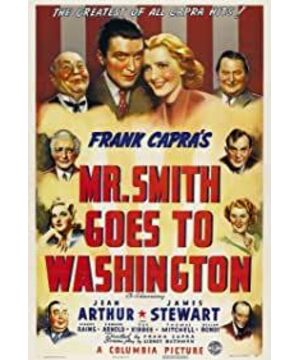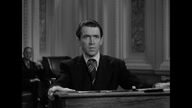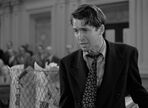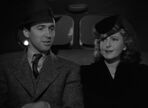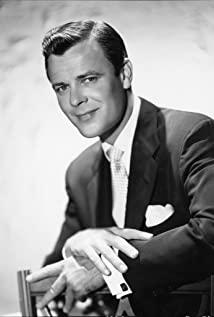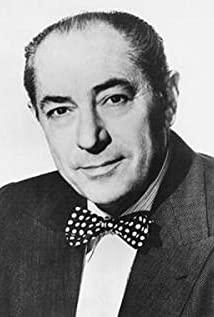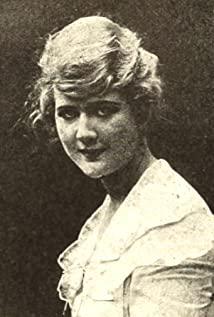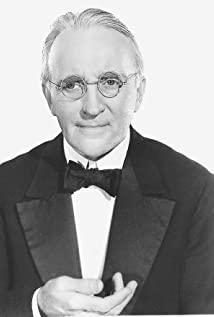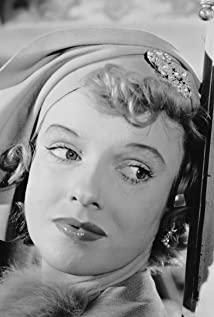The introduction of child elements makes the process of revealing this political conspiracy more vivid and convincing, and the pure and simple belief in freedom and democracy that the director wants to convey is further highlighted. The hero follows Mr. Deeds' model: ordinary citizens with pure American democratic beliefs are drawn into a political conspiracy manipulated by economic interests. The main line is the hero's efforts to expose the truth, and the sub-line is the process of the heroine being moved by the hero, falling in love with him and helping him. There are two great edits. The first is a sightseeing montage of the male protagonist's first visit to Washington. The newspaper clips printed and distributed, the newspapers bought by the capitalists and the Boy Scouts newspapers printed and distributed alternate clips, expressing the true voice is vulnerable under the suppression of big capital. There is also a scene handled very brightly, that is, when Smith meets Paine's daughter, the camera does not show the facial expressions of the two, but shows Smith's hand holding the hat, which is repeatedly unsteady. This treatment actually makes the image of the hero more tenable. He is not a senator with lofty political ideals eager to try, but an ordinary man with simple beliefs, which also explains his role in the Senate. With a bit of stubborn persistence and sincerity in not giving up the right to speak, always reciting the Declaration of Freedom and the Constitution. Compared with "Diz" and "John Doe", the whole film has a more compact narrative, more realistic characters, and more reasonable logic. The only shortcoming is the handling of the ending. Like the other two films, the plot is handled in the last ten minutes. A big turning point, and the motivation for this turning point is actually very weak - but this is Capra, no matter how much reality is shrouded in the shadows, you have to believe in the wider light behind.
View more about Mr. Smith Goes to Washington reviews


